
That said, I still face the same paradox of choice that most of you do when it comes to what healthy ingredients are worth the money we spend on them, and the food rules I set for myself.
Part of the problem is there are too many cooks in the kitchen these days.
Every year around January 1st, a new diet comes along that points its finger at some ingredient on our dinner plate. One week there’s an article on The New York Times’ most emailed list that grains are corroding our brains. The next it’s that gluten is fine, but sodium is our silent killer. There’s so much conflicting information out there, it sometimes seems that the only thing anyone can agree on is that blueberries are awesome. (So long as they’re organic and not flown in from Chile).
With so many evils to sort through, it’s easy to end up feeling guilty every time you spend time on the couch instead of at the gym, or eat a bag of GMO corn tortilla chips instead of a chia seed energy bar. Guilt drives some of us to keep reading wellness newsletters and drinking $10 green juices—to hop on one fad or another—just to feel like we’re doing right by our bodies. And confusion drives others to do nothing at all.
This month is all about sorting through those questions and finding some practical solutions for removing the guilt from the eating equation, and making healthy cooking easier and more affordable.
The first few times I saw a naturopath doctor for my thyroid, I left the office completely overwhelmed and on the verge of tears (even though I had already shed a gallon in her presence). Part of this was a reaction to being told that I was still deficient in at least 10 vitamins and minerals. (To be a clinically malnourished chef is the ultimate irony). But it was really the laundry list of dietary labor I would have to endure to get better that left me feeling helpless.
It took me years to get on board with my life sans gluten and not want to jump off a building every time there was fresh tagliatelle on a menu. Did I now have to worry about arsenic in rice? Was I really not allowed to eat quinoa unless it had soaked overnight for fear of it sprouting in my gut? Hadn’t this carboholic suffered enough?!?
I decided to approach these transitions in baby steps, starting with understanding an anti-inflammatory diet in the simplest terms.
Read on for some ground rules, and don’t forget to check in at the end of the month to find out how I did!
From one healthy hedonist to another,
xoxox
Phoebe
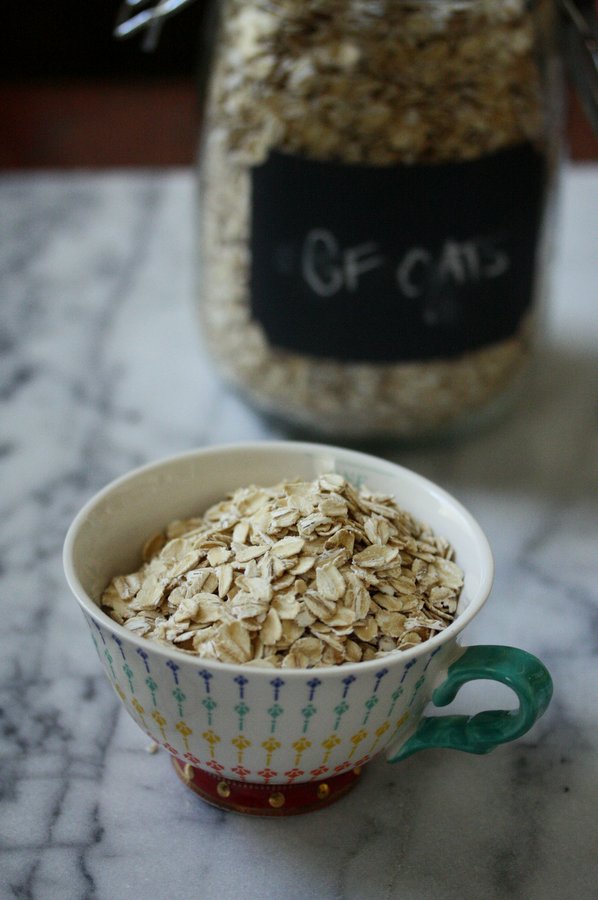
I found out I had a gluten sensitivity from a doctor who saw my antibodies were off the charts, even though I had tested negative for celiacs. In tandem, he had me go off wheat, dairy, sugar, soy, eggs and corn to see if any of these food groups were the culprit. Even if he hadn’t relayed his suspicions through my bloodwork, I would have known that gluten was a no-go. The 30 day period without wheat marked the first time my stomach didn’t hurt in over 3 years.
People poo poo the idea of gluten sensitivity as a real medical condition. I could give you my argument for why this is a very real thing for people with auto-immune issues. But for everyone else, discovering what doesn’t make you feel very good when you eat it is a very worthwhile awareness to have, even if you choose not to omit anything entirely from your diet going forward.
There are many programs you can follow for an elimination diet – just make sure that the one you choose puts an equal emphasis on how to integrate these items back into your routine one by one. If you’ve been feeling crappy for a long time, this extreme makeover might be just what you need to start making the connection between what you eat and how you feel.
Recommended Reading:
*This post gives a run down of what’s included and not included in a variety of different elimination diet plans so that you can choose the one that’s best for you.
* The Simple Elimination Diet, written by my friend Dr. Robin Berzin on Mind Body Green. These are great tips on DIY-ing an elimination diet.
2. Retire your scale: no more weigh-ins, focus on how your body feels.
If the first step towards healthy eating is figuring out what your body is actually rejecting, then the second step should be to address the emotional side—the fears, the guilt, the concepts of good/bad—that dominates the rest of our food choices.
So much of the guilt we feel around food stems from the negative thoughts we have about our bodies. My eating philosophy is very anti-diet and deprivation. But it’s taken me a while to get there.
If you’re still struggling with your relationship with food, an amazing place to start is to get rid of your scale. People give so much power to that number. And it becomes too easy to base your daily happiness and sense of well-being on it versus how you’re really feeling. There are very few medical conditions that you’ll discover based solely on your weight. It distracts from where your real health problem areas are – things that could be discovered by taking on an elimination diet, with no emphasis on dropping a dress size.
Recommended reading:
* Last fall I sat down with Isabel Foxen Duke who runs a training program for women who feel crazy around food. If obsessive eating is something you struggle with, this month try employing some of Isabel’s strategies.
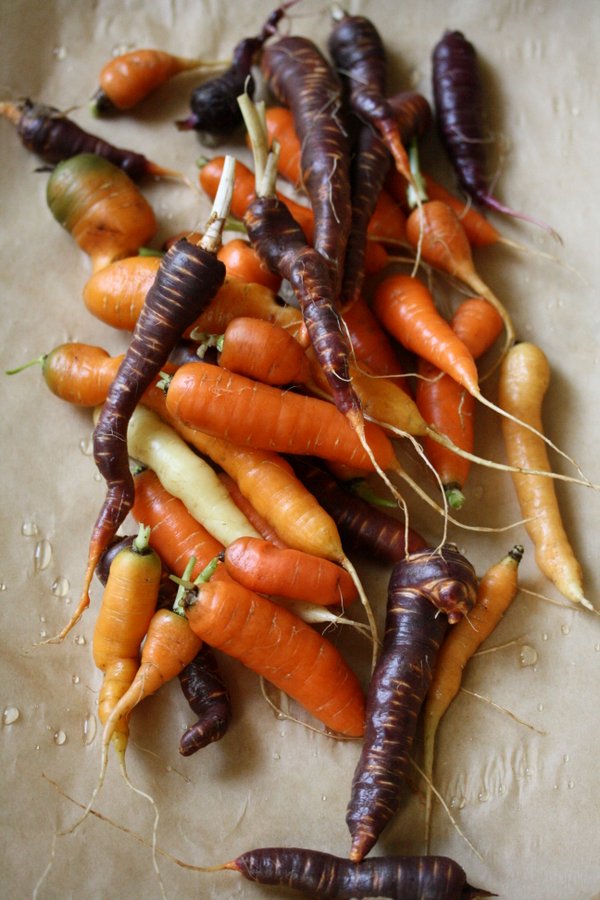
I put “diet” in quotes because my motto on this site has always been to eat a lot of good with a little bad, which is exactly what the concept of eating for vibrancy is all about. If you’ve already ruled out the things that actually make you sick, like I did with gluten during my elimination diet, then consider this experiment about learning to make healthier choices every day.
This month, try to eat for vibrancy and avoid the color beige. Intense colors in fruits and vegetables usually indicate a high level of antioxidants, which limit inflammation. Trying to steer clear of members of the taupe family will help you weed out dairy, grains, and other choices that agitate the gut.
Think orange sweet potatoes over regular spuds, black rice over brown rice, salmon instead of chicken. But most importantly, just try to prioritize fresh vegetables and fruit. Fill your plate with these ingredients and make it the most colorful, beautiful meal you can.
Recommended reading:
* Here are some great tips on anti-inflammatory eating from Dr. Weil.
* Turmeric is one of the most amazing anti-inflammatory spices – just think about how vibrant it is! Here’s a great recipe for “Golden Milk.” For more info on how to use spices to your health benefit, see my article on Mind Body Green here.
* Some great anti-inflammatory recipes from my archives: Root Vegetable Tagine, Honey Roasted Carrots, Sesame Shrimp Stir Fry with Summer Vegetables, Black Fried Rice with Snap Peas and Scallions, Moroccan Red Lentil Soup with Chard, Coconut Kale Salad, Red Quinoa with Roasted Carrots and Parsnips, Salmon and Quinoa Bowls.

The last New Yorker food issue had a really interesting statistic: back in the 1920’s, the average American ate 4 ounces of meat every 4 days. Now we eat between 4 and 6 ounces everyday.
It’s so much harder to eat less meat than it is to simply be a vegetarian. Like with most diets, people have an easier time with strict guidelines and restrictions. Indulgence is a slippery slope.
It’s no easier to try to create rules around the quality of the meat you eat. If you’re a social person and dine out a lot, it’s borderline impossible to only eat humanely raised animal products.
Vegan Before Six is Mark Bittman’s solution. And since I usually eat lunch at home, this seemed like the easiest route to reduce some of the antibiotic and hormone injected meat I willfully eat every time I log-on to Seamless Web for chicken Pad Thai.
Recommended reading:
* If you don’t want to buy Bittman’s book, you can get a quick sense of his diet philosophy here and some tips on how to reduce your meat intake.
* Emma Christensen wrote a very in depth review of her experience with the VB6 diet on The Kitchn. It’s a good indication of how a healthy hedonist will fare under these food rules!
* Some great vegan make-ahead lunch recipes: Chickpea Ratatouille, Red Lentil and Spinach Masala, Mushroom Hot and Sour Soup, Vegan Cauliflower Soup, Mushroom Tacos, Vegetarian Shepherd’s Pie, Curried Veggie Burgers.
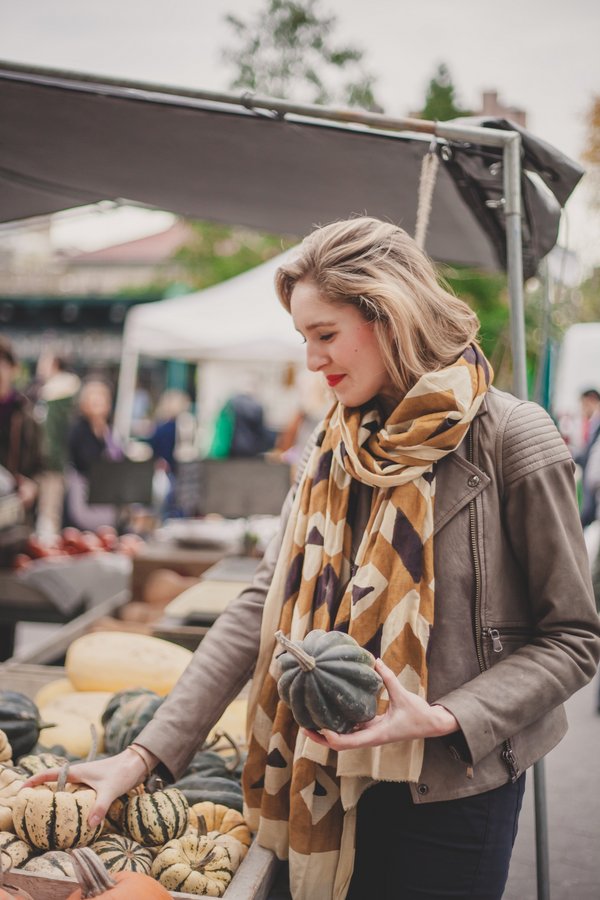
When I started this project, I began by asking practitioners to name one lifestyle tweak that they thought would have the biggest impact on someone’s general wellbeing. If I had answered the question myself, I would have probably said something along the lines of what Katie Couric recently wrote: “the single most powerful thing a person can do for their health is make food for themselves.”
I realize for those of you who aren’t professional chefs and are just getting started in the kitchen, that this is easier said than done. So forget about all the diet stuff above, and as a starter challenge, the 1.0 version of this experiment, simply dedicate an afternoon of your weekend to making meals for the week. Cooking is a habit forming activity like going to the gym. The first step is to make time for it.
But even more advanced cooks complain that they have a hard time making healthy cooking affordable. To challenge myself to create some strategies for this set, I’m going to be shopping at the Farmer’s market once a week with only $40 in my pocket. I’ll stretch my wares to create 5-6 dishes, 4 servings each. That’s at least 8 meals.
Tune in next week for some tips on how to do this yourself. In the meantime, see how far $40 gets you at the Farmer’s market or in the organic aisle of the produce section. You may be surprised at all the amazing stuff you come home with!
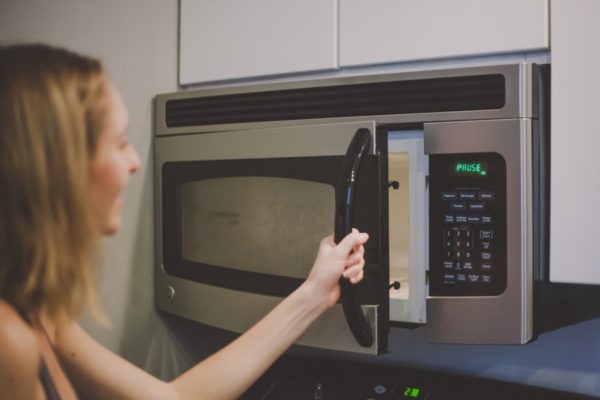
This last experiment was Charlie’s idea. He despises the microwave and cringes every time he sees me reheat the leftovers from my blog photoshoots for our dinner.
“To me the microwave is a pretty depressing technology,” he said when I asked him about his beef with reheating his beef stew this way. “It promotes eating crappy frozen dinners and sitting down in front of the TV, instead of taking part in preparing and enjoying your meal.”
In grad school, Charlie completely eliminated the microwave from his life. He found that he felt a lot more connected to his food and that the end result just tasted better. I try to never put plastic containers in the microwave. But this month I’m going to see if I can avoid using it entirely, even if it means more dishes…for Charlie.
What wellness challenges are you taking on this month, for lent or otherwise? Let me know in the comments!
The Wellness Project is now a book! It’s part memoir, part health primer, with 20 inflammation fighting recipes for clearer skin, better digestion, and a thriving thyroid. (Because who doesn’t wake up in the morning wanting a thriving thyroid?!). You can read more and preorder here. To find out more about the inspiration behind the project and to get the monthly theme schedule, click here. To see past challenges and other posts from this series, click here.
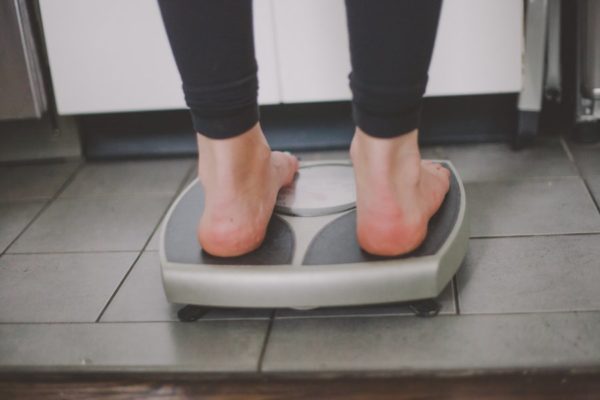
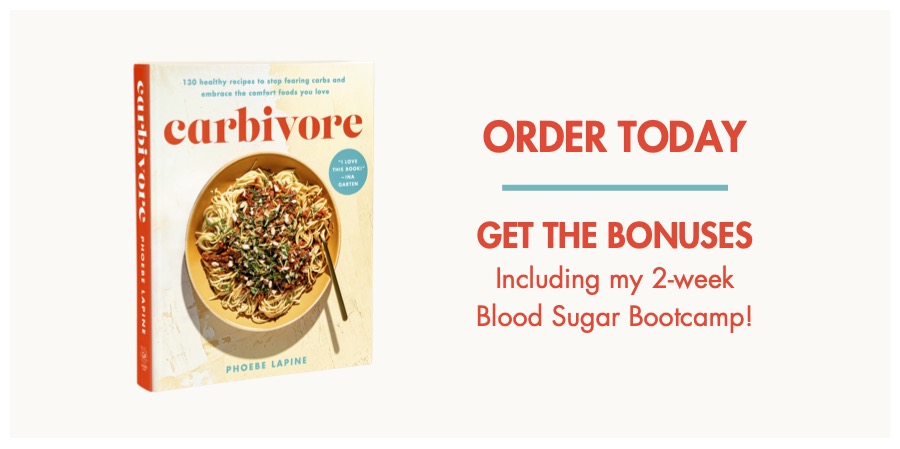
I’m ecstatic to throw out the bathroom scale. But for vibrant food, if I switched to purple potatoes, does that really make it much different from white?
I don’t have the specifics, but I think generally, they are better. In the same way that sweet potatoes are so much healthier than regular potatoes. They just have more nutrients, specifically antioxidants. Color is a great indicator of antioxidant levels.
Hi Phoebe! I really enjoy your blog overall, and I especially appreciate this post because i have an autoimmune disease. Thanks for sharing!!
One correction in item #3: the word ‘tope’ is a verb; the word ‘taupe’ refers to the color family.
ah – thanks for the heads up! glad you like everything despite my grammatical errors!
Hi Phoebe,
I’m just discovering your blog and am looking forward to trying out some of your recipes!
One thing I really love about your content is that you talk about how hard it is to give up beloved foods for health purposes. I have to be strictly gluten-free for health issues and as a foodie, it has been a sometimes rough transition. I still get quite ticked off, on occasion, that I can’t enjoy a nice butter croissant with my coffee. I have found many a great gf and healthy living blog, but sometimes it annoys me that the writers of them seem to struggle so little with what they cannot have. Your writing is wonderfully human. Thanks Phoebe!
Sarah
wow Sarah! Despite my delayed response, I want you to know that your comment absolutely made my day! The lack of transparency in the wellness world about what it actually takes to live this lifestyle is one of the main reasons I wanted to write a book on healthy hedonism. Making better choices can be so soul crushing sometimes! I definitely feel you on the croissant front. I’ve been dying to make it back to France at some point. But I’m not sure I would withstand the temptation 🙂 good luck on your journey, and hope you’ll keep in touch here! xo
great post. My scale just ran out of batteries and I decided I’m not changing them! Freedom from the scale is a wonderful thing that I never realized was bogging me down. And I agree with Charlie. There wasn’t a microwave included in our most recent apartment so we just didn’t buy one. It takes a little longer, but everything tastes so much better. It tastes much less like leftovers, and much more like it’s fresh out of the oven! I look forward to hearing how it all works out!
oooo love that Caitlin! I never thought about the taste of leftovers, but you’re probably right that the micro has something to do with it. Thank you for reading, and kudos on the scale! xo